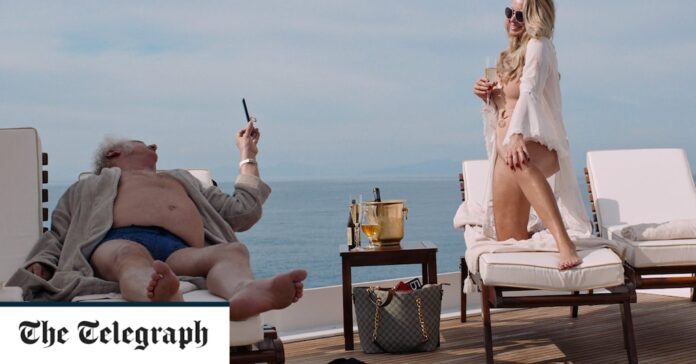Ruben Östlund’s Triangle of Sadness sees a yacht become a floating hell – but how accurate is his depiction of the luxury cruise industry?
It’s enough to put you off being an oligarch. On a luxurious yacht, cruising in an unspecified tropical location, a group of super-rich guests have been enjoying a fancy dinner. Among them are a Russian fertiliser tycoon, a middle-aged tech bro, a couple of British arms dealers, and two young models. The captain (Woody Harrelson) is a drunk, but even worse, he is a socialist. There is a storm afoot, but nothing will keep these people from their meal.
As it goes on, however, they start to throw up all their fine food and drink. Before long, vomit is flowing, great heaving waves of the stuff. Imagine the scenes from first class in Titanic crossed with the emetic excess of Airplane! and you might get a sense of the emetic excess. It is funny but appalling: gross, in every sense, satire with a sledgehammer rather than a stiletto.
This is the central scene in Ruben Östlund’s new film, Triangle of Sadness, which reaches British cinemas after a triumphant run round the festivals, including Cannes, where it won the Palme d’Or. The Swedish director has long been preoccupied by wealth. His debut, Force Majeure (2014), depicted a nightmarish skiing holiday. His follow-up, The Square (2017) looked at the machinations of the art, marketing and social media worlds. In the new film he ramps up the luxury. And when you want a petri dish to study inequality, class and the peccadilloes of the super wealthy, a yacht is the first place that comes to mind.
But how realistic is this floating hell? Östlund’s premise is unrealistic from the start, say those in the superyacht industry. In real life, the kinds of plutocrats on this yacht wouldn’t be seen dead on a group cruise like this, even a luxurious one.


